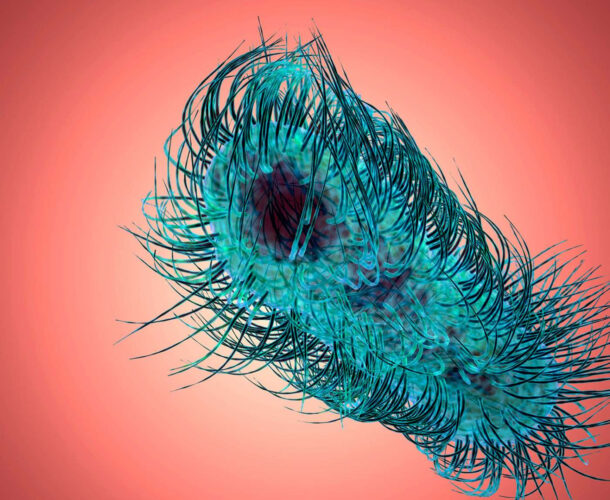Sir Neil Hamilton Fairley, together with staff from Melbourne’s abattoirs, examines over 50,000 animals to investigate the prevalence of disease among livestock, including tuberculosis, tapeworm (hydatid) and liver fluke.
Carriers of disease
Fairley’s search uncovers that, out of nearly 5000 cattle and pigs, more than 45 per cent were infected with one of more disease. Cattle are found to be more disease prone than pigs, raising concerns for contamination of milk with bovine tuberculosis, which is known to infect humans.
Returning to the institute
Fairley returned to the institute in 1927, having served as the first assistant from 1920-21 before travelling to India as a professor in tropical medicine. Returning to Australia in 1927, he rejoins the institute and makes a significant contribution to groundbreaking study into Australian snake venoms and Australian infectious diseases.





